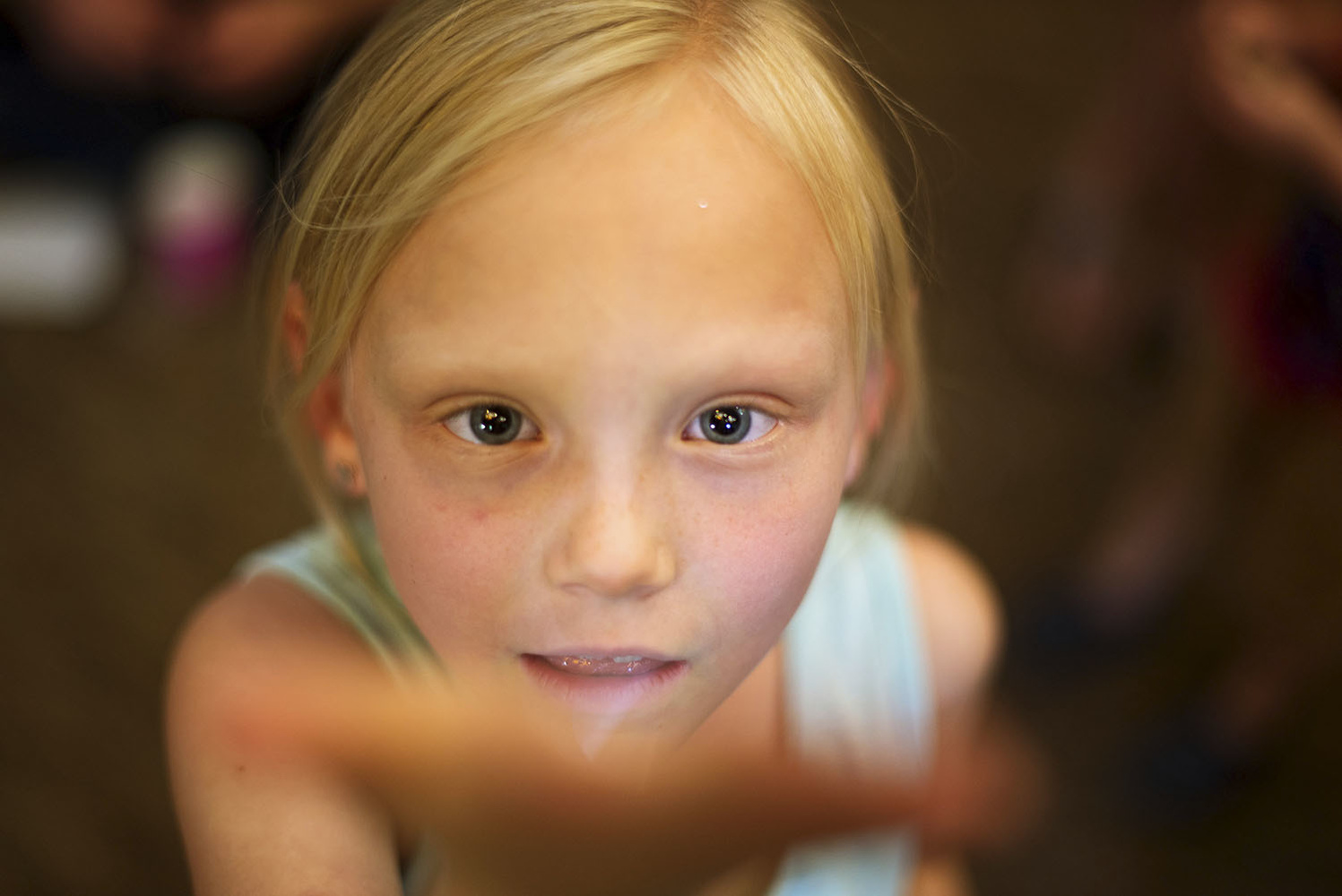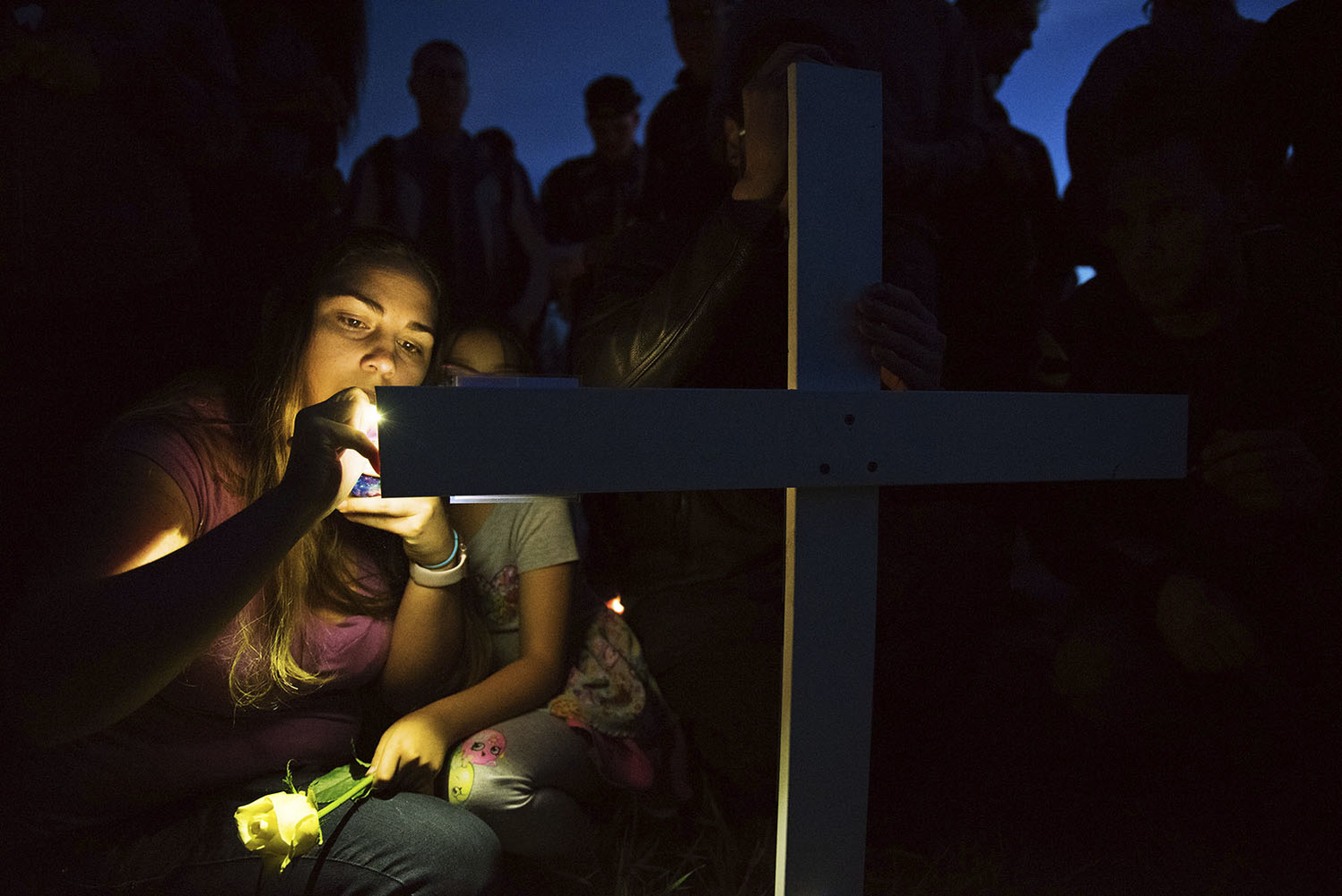When you look at the work of William Allard, David Harvey, or especially Alex Webb, you quickly notice what makes their photos so amazing is not just the lovely compositions and stunning moments, but an often dazzling use of natural light. What do they all have in common and how can we learn from them?
Well, they all are mobile documentary photographers of people who classically used almost exclusively a single camera with a fixed 35mm lens. They all work very close to their subjects, because they have gained their trust. They do not direct or pose their subjects; the moments that they capture are natural and flowing. They essentially don’t have the option to bring in additional light to “punch up” the scene, so natural light is their only option. What are they doing to create such powerful photos when they have such minimal control over their situations?
I had the opportunity to spend a week training with David Harvey a number of years ago and this is basically his method:
- Go to where the subject is.
- Get them to accept you so that you become invisible in plain sight.
- Anticipate great moments.
- If you find great light in the area, go to where the light is and wait for the subject to interact with the light as if the light is its own subject.
Did you catch that last part? Find great light, even if there isn’t a subject there yet, and wait. Be patient! Most of us are in a terrible hurry to get in, get something usable, and get to our next photo opportunity. Stop that nonsense and slow down.
It is interesting how we as photographers who are technically “writers of light” rarely become “hunters of light” or cacciatore di luce. Sorry, but I think that everything sounds cooler in Italian. Anyhow, we by default seem to seek out physical subjects without much concern for how they're lit. That’s almost backwards.
Find the light first and then let it dictate the subject. This will create a whole range of new images for you and make you more in tune with the world.
First off, you must be constantly looking at the direction and quality of the light in the area around you. Large and small. By this, I don’t mean the overall “look” of the lighting, but the little things, the way that light may gradate from one area to another, little reflections, the interplay of light between areas and between sources of light.
Even in “open shade,” there are often reflections from buildings and objects that you can use. In this photo, I had a hunch that there was something usable but initially unseen. I made a fist with my top knuckles pointed up to roughly resemble a human head. I found a spot with lovely light and then waited for someone to walk in. A few moments later, this gent appeared right where I wanted him.

These children were chasing bubbles, and I noted a ray of light that was reflecting off a distant window. I put myself where I thought that one of them would go to grab a bubble.

Standing in a full grain silo, yes I do this in my work, the dust added a bit of texture to the light streaming through a tiny access hatch. I made my composition and waited for the farmer to position himself to complete the frame.

When I was photographing this custom knife-maker in his workshop, I saw that there were an open door and large window directly opposite from each other. When he went to start bending the bars of hot steel, I knew the light would hit him strongly from both sides.

Portals of any form are almost always an interesting source of light just by themselves, especially those between areas of different luminosity, so look for those and watch for the moments when people approach. Treat doors and windows, even ones that aren’t strongly illuminated, as either sources of illumination or as transition areas. Here, I positioned myself to be able to use the light coming through the sliding glass door as the source of light, but the reflection of the people in the glass added to the composition and gave the frame depth. If I didn’t wait for them to get just where I wanted them to be, the frame wouldn't be as successful.

I was covering the memorial for a motorcyclist who was killed in a collision. The event took place late in the evening and as dusk fell things got dark quickly. Rather than leave when the sky had turned almost black, I stayed and waited, knowing that eventually some sort of interesting light would happen. A few minutes later this woman pulled out her cellphone, using it as a flashlight to see in the gloom. As she wrote a farewell note to her dead friend, I positioned myself behind the cross to frame her and her child, bathed in the light from her phone. The other mourners silhouetted behind put it all together.

The two intersecting elements of looking for great light in a place that doesn’t initially seem dynamic and taking the time to wait until something interesting interacts with the light made these photos happen. Learning to see those bits of light takes a while, so begin with being patient, really patient. If you think that there is a lovely piece of light, sit and wait. Eventually, something will happen in that spot. so be ready to capture it.







Another well written article. Your stories feel encouraging. What a journey this is - finding the intersection between light and interest. This article reminded me of a David Alan Harvey video for Fujifilm https://www.youtube.com/watch?v=Cr0zu5efvkU Thanks.
Wow! Great photos. I have to this.